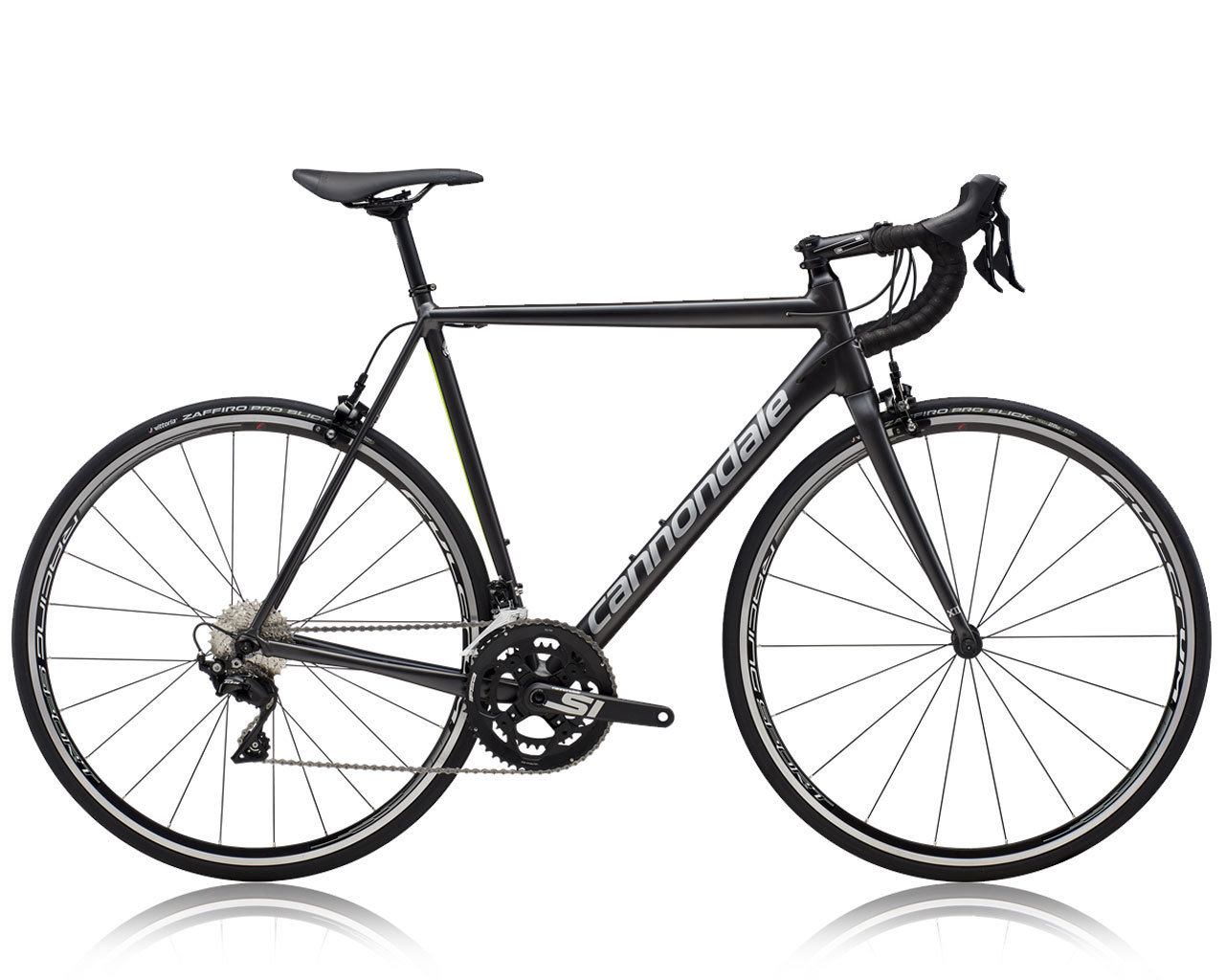How are triathlon bikes different from road bikes?
The main difference between road bikes and triathlon bikes lies in the positioning of the seat post and saddle. On triathlon bikes, the seat tube is steeper than on a road bike, which forces the hips to sit forward and ensures that the rider experiences less tension on the quadriceps and hamstrings. Road bikes typically have a 72-degree seat tube angle while a triathlon bike has an angle of about 78 degrees; which is a steeper angle. This difference puts the rider in a more aero position.

Because drafting is not legal in most triathlons, all tri bikes are wind-tunnel tested during the design phase to save the rider as many watts as possible during the ride. A tri bike also features aero bars that place the rider in a very forward position and aerodynamic position so they’re able to ride (at least somewhat) comfortably for hours at a time. Deep carbon-fibre wheels on a tri bike further increase its aerodynamics. Triathlon bike races are usually long and demanding. They span from 10 km for the super sprint triathlon to 180 km for the Ironman triathlon. The standard and Olympic distance is 40 km. Therefore, with triathlon bikes, the rider needs to be prepared for emergencies such as a puncture.
A quick guide to the best tri bikes for beginners
If you’re crazy enough to think about becoming a triathlete, you probably already have all the equipment you’ll need for the swim and the run. But triathletes need racing bikes too. The first question is what’s best for a novice. If you are a beginner, www.triathlete.com suggests that you may be better off starting with a road bike. “Road bikes are versatile and well suited for just about anything,” they write. “Tri bikes can be trickier to handle than a traditional road bike. They are made for going fast in a straight line and are not ideal for road races, group riding, or easy endurance rides. Every triathlete should own a road bike but not every triathlete should own a tri bike.”
Cannondale CAAD12 105 GRA 2019But riders who really want triathlon bikes need to make sure it’s a good fit – literally. A bad fit when it comes to triathlon bikes will hamper your performance, limit your pleasure, and can even lead to injury. Check the fitter database on Ibfi-certification.com, or ask around for a recommendation of some fitters experienced with triathlon bikes in your area, if there are any. When buying a new bike, a qualified professional can help you find the right bike with the perfect balance between fitness, frame geometry, and an extremely efficient aerodynamics.
Are aluminium or carbon frames better?
The next question you need to ask about triathlon bikes is: aluminum or carbon frame? The decision will make a difference in price points and how the bike feels during the ride. Aluminum ones can be as light as a carbon frame, but aluminum tends to provide a harsher ride. Can’t afford a carbon-fibre frame? You can still get a good ride and great power transfer on an alloy frame by matching it with high-quality wheels and tires and making sure they are always inflated to the recommended pressure.
Ventum Z Triathlon Bike
A Tri bike or a road bike: which is best for you?
A good road bike for a beginner is the Cannondale CAAD12 105 with Shimano 105 parts. It will set you back about $1,600. In terms of beginner triathlon bikes, check out the gorgeously designed Ventum Z race bike with Shimano Ultegra parts, priced at about $3,500.
There’s no doubt that cycling challenges can be a great motivation booster for the right person. The only question I still have is, are you sure you want to do this?
Next steps to take if you’re serious about triathlon training
If you’re still excited about trying your luck in a triathlon, be sure to read some of the many great resources and training plans out there on the web. We Love Cycling has also published several articles on the topics of training for and surviving triathlons, so check out some of our recent stories!
And be sure to let us know about your experience searching for and purchasing a triathlon bike, and keep in touch about your training!





